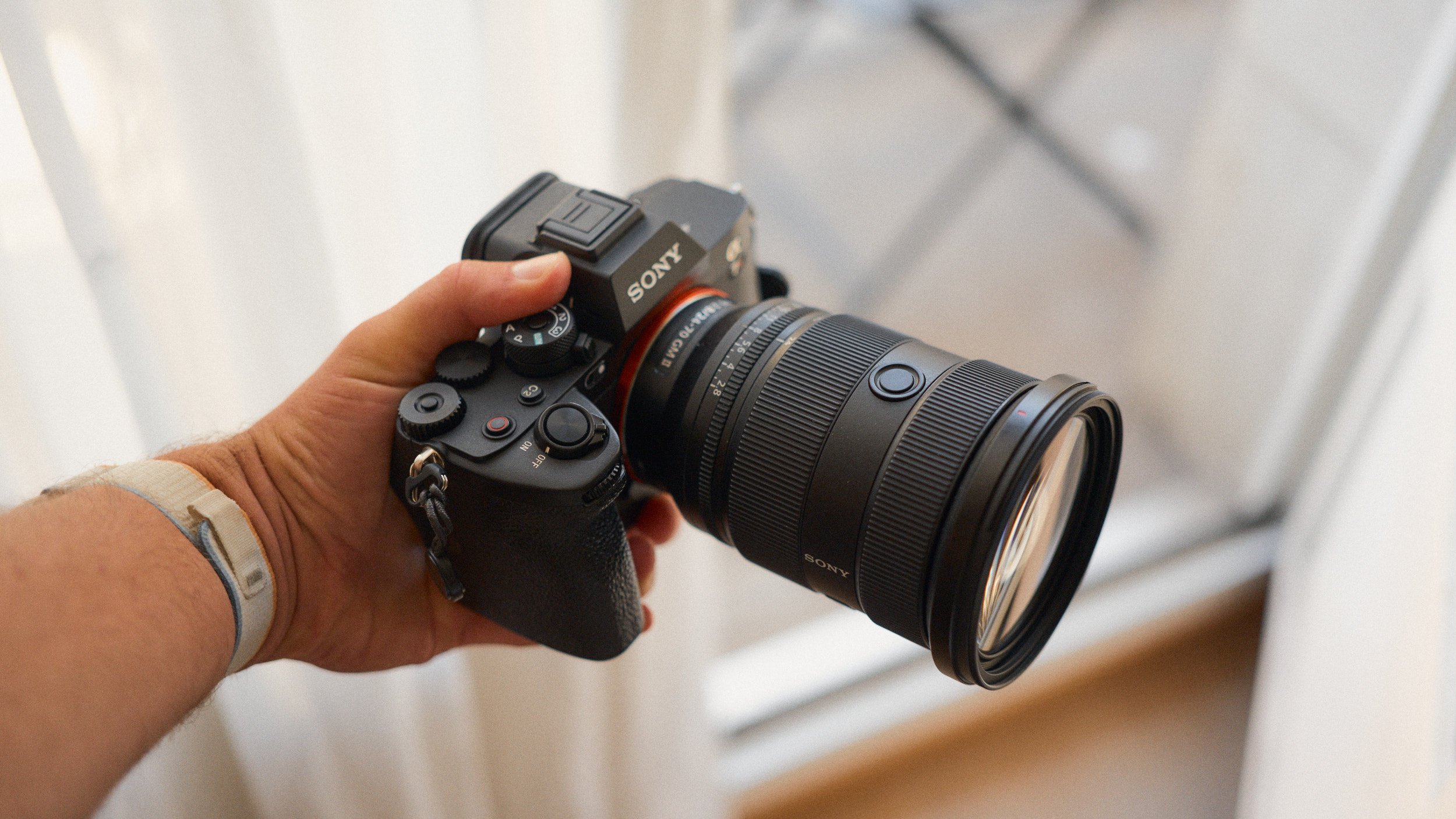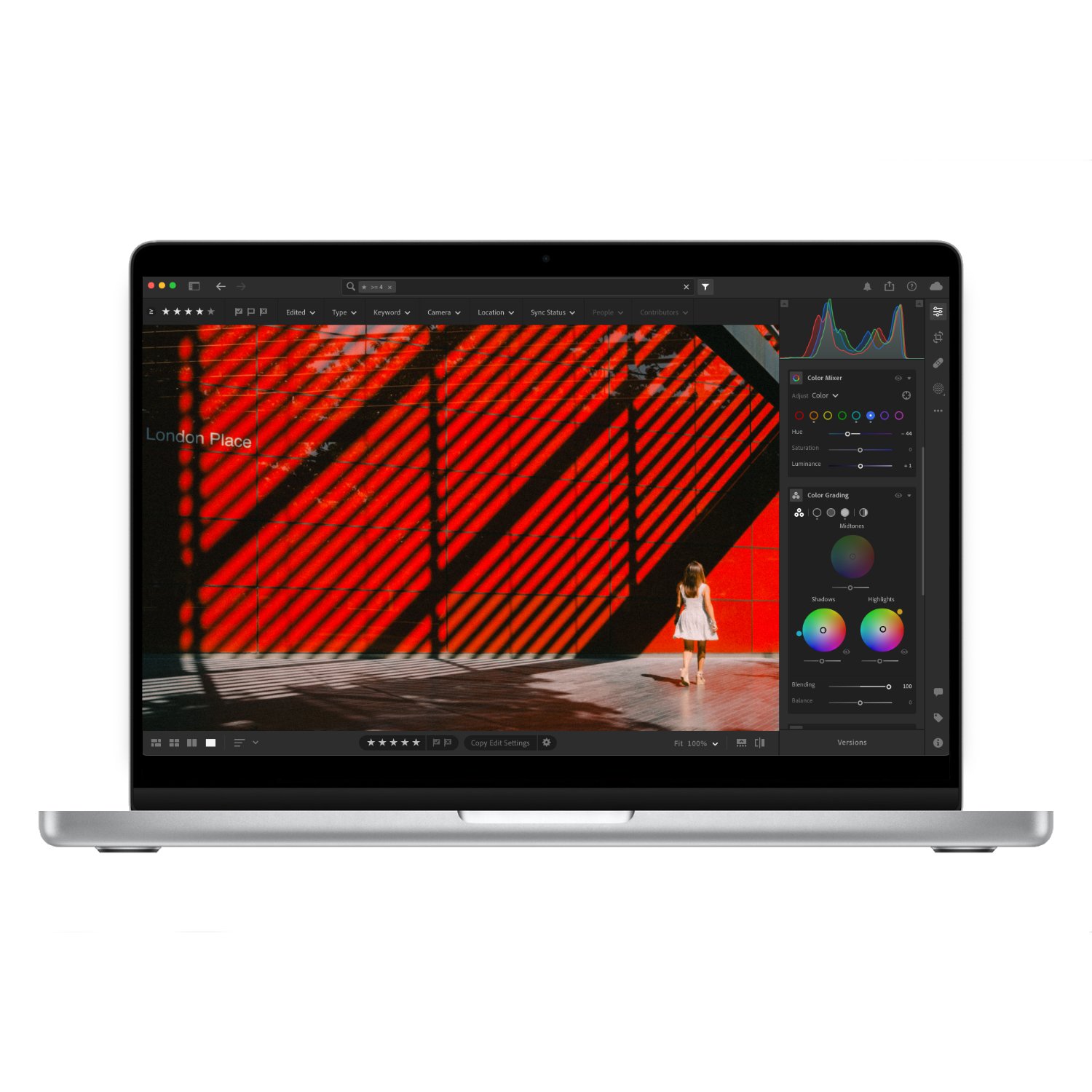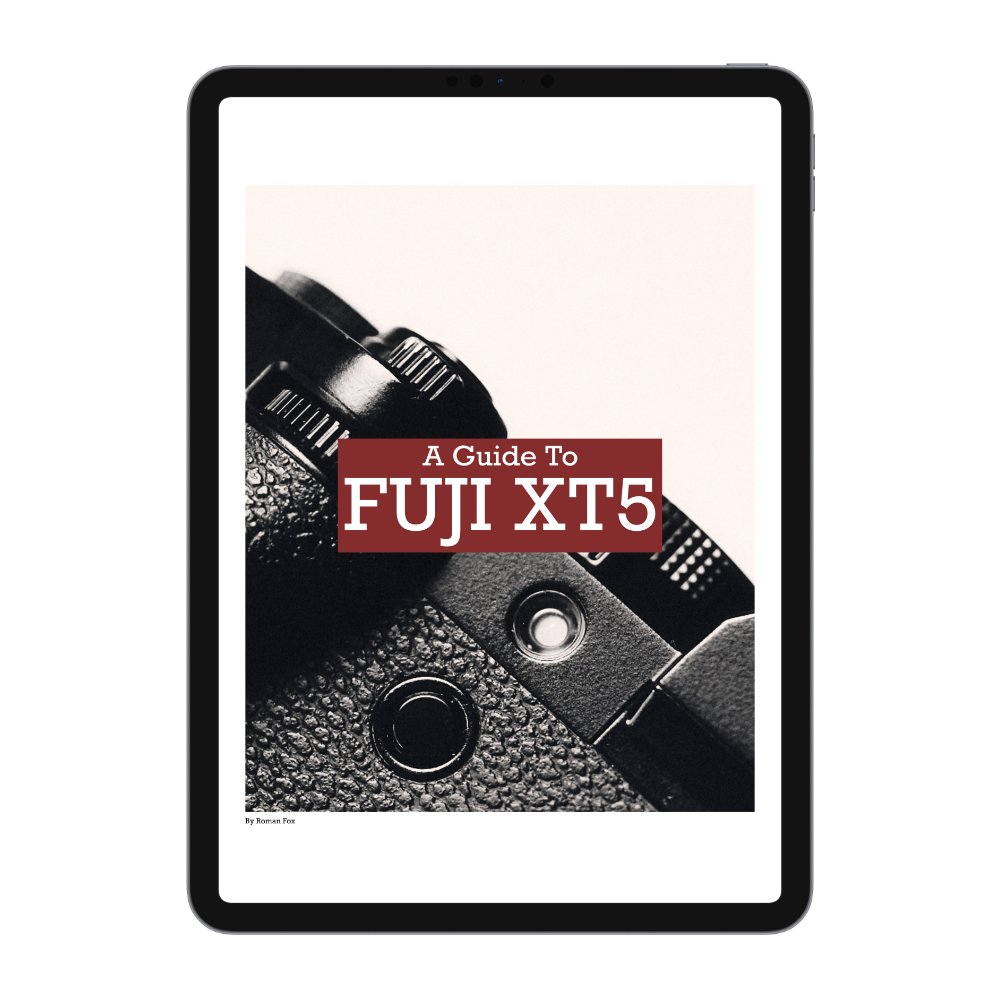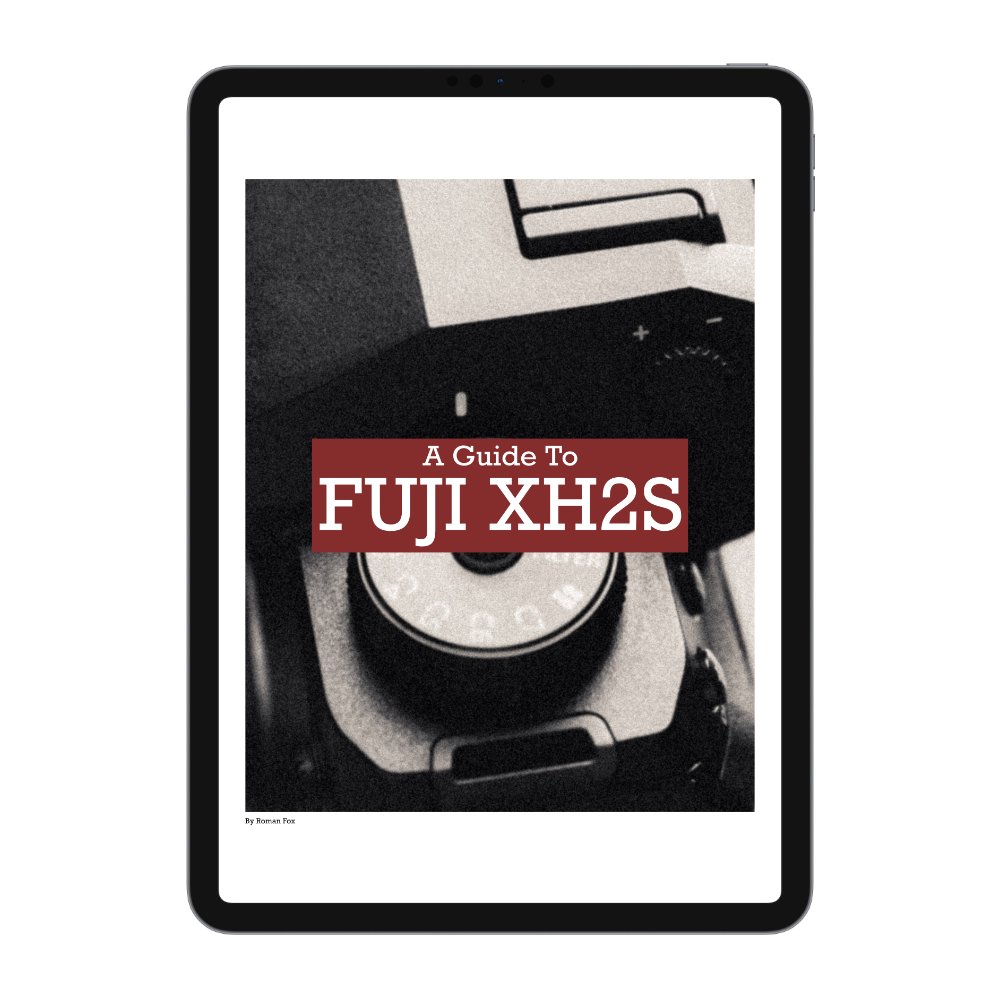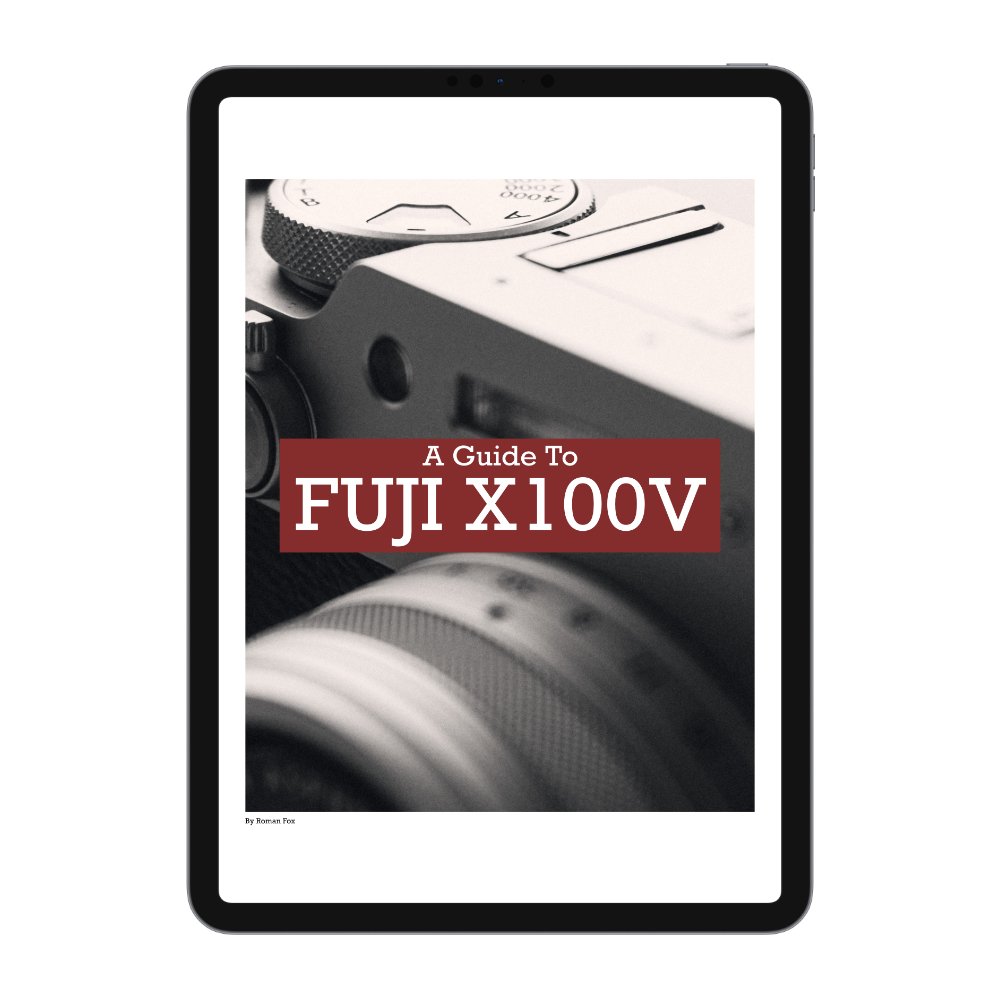Sony 24-70mm f2.8 G Master II Zoom Lens First Impressions
In this blog, I will share with you my first impressions of the Sony 24-70 f/2.8 GM II zoom lens. I’ve been using this lens for a few weeks, so this blog is an initial look and not a full review. The full review will come later after more extensive use in different conditions. For clarity, I purchased this lens with my own money, and I have no affiliations with Sony.
Purpose
If I had to pick one lens for the rest of my life, it would be the 24-70. The more time I spend taking photos, the more I realise that 95% of all my favourite photos are somewhere in this focal range. Whether it’s street, travel, nature, portraits, or events – this lens can be the only lens you’d ever need, especially if you’re travelling. Many people claim the 24-70 focal range is boring; however, I disagree. It’s the focal range that allows you to document 95% of what’s in front of you, without losing context due to extreme focal lengths. I purchased this lens mainly for travel.
Build Quality
The lens feels solid, with a sturdy all-metal build. The focus dial is smooth and well-damped. The aperture dial has solid, distinct clicks. All buttons and dials feel very premium. Overall, the build quality seems great; however, this is something that will require time and heavy use to fully evaluate.
Size & Weight
While this version comes with a solid weight and size saving compared to the outgoing model, it still isn’t what you’d call light and compact, especially compared to other alternatives. The filter thread alone is bigger than anything I’ve ever used at 82mm. This is without a doubt best suited to bigger bodies such as the A7R. On smaller bodies like the A7C, this lens feels extremely front-heavy and uncomfortable to use for longer periods of time without adding additional grips. In the end, you get used to it, and it’s a compromise you’re willing to make considering the features, focal range, and the insane image quality. With that said, if small size and light weight are your priorities, maybe look at the Sony 24-50 f/2.8 that I reviewed here.
Features
This is by far the most feature-rich lens I’ve ever used. First up, you get two custom buttons that can be programmed to do a host of different functions. They are not two different buttons, and they work as one; however, the reason you get two is to allow for easy operation when shooting in landscape or portrait orientation without having to move your left hand around. I personally have it set to briefly enable manual focusing when pressed and held. This allows me to quickly change focus manually if the AF is getting confused, such as with complex reflections.
You get an iris lock, which will lock the aperture ring in the auto position to prevent accidental changes. You get the click on/off switch that allows you to de-click the aperture dial and allow for smooth aperture adjustment in video. You get an AF/MF switch, which is quite small, so with thick gloves it might be a bit tricky to operate.
By far my favourite feature is the smooth/tight switch, which changes how much effort is required to zoom in or out. When it’s in smooth mode, it’s incredibly easy to zoom throughout the entire range. When it’s set to tight, the extra resistance is clear. I would use the smooth setting any time I am often changing the zoom when taking photos. I would use the tight setting when I want to either lock the lens in one focal length, or when shooting video to prevent accidental changes.
Image Quality
All modern lenses have fantastic image quality, and I feel we’re at the point where any modern lens above £500 will produce good results. I can’t say anything specific about this lens other than it’s incredibly sharp at all focal lengths and aperture values. If you pixel-peep, you can definitely see this increase in detail, especially when paired with the larger resolution sensors. Some people have called this a bag of primes and I can see why. With that said, any modern zoom lens will be just as good for 90% of applications and users.
AF Performance
The AF is top-notch thanks to four linear motors. It’s silent, fast, and reliable. However, just like image quality, this is hardly a surprise. Nothing specific I can say about the AF – it works every single time exactly how you’d expect.
Summary
While I think a 24-70mm zoom is a must-have lens for almost all photographers, I am not sure I can recommend this lens to the wider audience due to its price point. Of course, if you want the absolute best zoom lens for your Sony, this is it. However, if you want 90% of the performance for much less money, less size, and less weight, I suggest checking out some alternatives from Sigma or even the smaller Sony 24-50. I am very glad I got this lens, and it will be my most used one by a mile; however, it’s not for everyone.
Full Specification
Mount & Format - Sony E‑mount, full‑frame (36–105 mm APS‑C equivalent)
Focal Range - 24–70 mm
Aperture - f/2.8 – f/22
Diaphragm Blades - 11 rounded, circular opening
Optical Design - 20 elements / 15 groups (incl. 2 XA, 2 ED, 2 Super ED, multiple aspherics)
Coating - Nano AR Coating II + fluorine clear coating
Min Focus Distance - 0.21 m (W) / 0.30 m (T)
Max Magnification ~0.32×
Autofocus - Four XD Linear Motors, internal focus, full manual override
Filter Thread - 82 mm (non‑rotating)
Dimensions (Ø × L) - Approx. 88 × 120 mm
Weight - Approx. 695 g
Weather Sealing - Yes (dust & moisture resistant)
Controls - Aperture ring (de‑click, lock), dual focus-hold buttons, zoom torque switch
Included In Box - Hood, front/rear caps, soft pouch, strap




